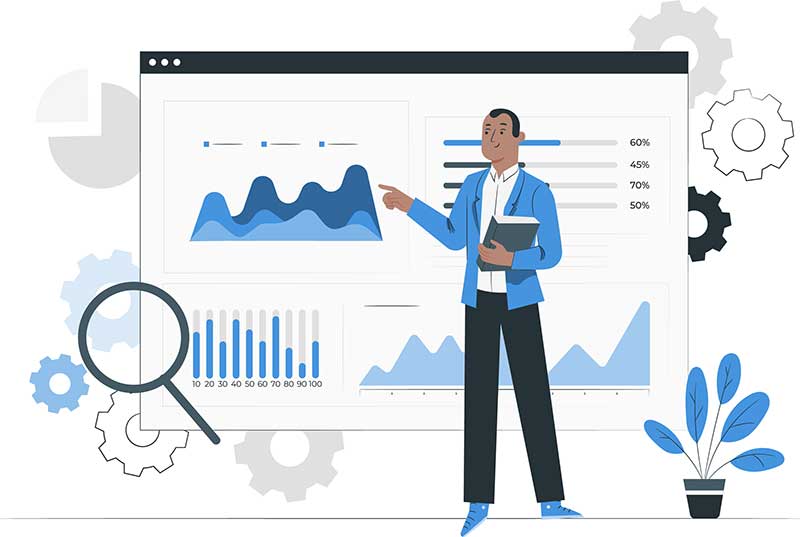LogScale
(formerly known as Humio)
BEST PRACTICES
Based on Vijilan’s proven approach to log analytics and security operations
Abstract:
LogScale (former Humio) provides a solution for effective log management. It enables real time, large-scale log analytics, a necessity for Security Operations (SecOps), and DevOps. Vijilan, a longtime LogScale (former Humio) partner, offers a unique LogScale (former Humio) implementation process based on best practices and its own proprietary technology developed to make LogScale (former Humio) work optimally. This paper explores these best practices and highlights what they mean for a SecOps and DevOps team who want to improve their logs collection, log storage and log analytics. While this paper focuses on SecOps, the methodology for logging and storing log in LogScale (former Humio) for DevOps is performed in a similar fashion.
Introduction
Effective log management is a critical, though often elusive, element of Security Operations (SecOps). Successful incident response is impossible without it. However, getting on top of logs from multiple devices, users, applications, and other log sources can be a significant challenge for a SecOps team. Humio offers a solution, one that delivers real time, large-scale log analytics. Making Humio work requires a focused, meticulous implementation. Vijilan, a longtime Humio partner, has developed a proven set of best practices for Humio implementation based on numerous client engagements over the last several years. Vijilan augments these practices with its own proprietary technology. This paper explores Vijilan’s Humio implementation best practices and highlights what they mean for a SecOps team that wants to improve its log analytics and incident response capabilities
Overview: Log management, analytics and SecOps
Effective log management is a critical, though often elusive, element of Security Operations (SecOps). Successful incident response is impossible without it. However, getting on top of logs from multiple devices, users, applications, and other log sources can be a significant challenge for a SecOps team. Humio offers a solution, one that delivers real time, large-scale log analytics. Making Humio work requires a focused, meticulous implementation. Vijilan, a longtime Humio partner, has developed a proven set of best practices for Humio implementation based on numerous client engagements over the last several years. Vijilan augments these practices with its own proprietary technology. This paper explores Vijilan’s Humio implementation best practices and highlights what they mean for a SecOps team that wants to improve its log analytics and incident response capabilities.

Log management challenges in SecOps
Log management presents several challenges to SecOps teams. In terms of requirements, log management demand fast ingestion of large amounts of log data from a variety of sources at great velocity. This is easier said than done, and some solutions require the SecOps team to set up server clusters to manage growth in log data sources. As log data volume grows—and it usually grows exponentially—it may also be necessary to deploy indexing farms. Storage requirements ballooning the process, too. Performance can lag, which may negatively affect the security analysis that is the point of the whole endeavor. SecOps may need to assign engineers just to the work of managing and updating the infrastructure that supports log management.
Humio: Solving log management challenges
Humio is a modern log management platform designed to process the scale and complexity of today’s log management workloads. Humio is designed with two key differentiators which make real-time analytics at scale possible: Data-streaming in an index-free architecture and high compression storage. These two factors combine to enable Humio users to ask anything and get instant responses from log data.
Best practices for Humio implementation




Core processes
Best practices for Humio integration start with a series of core processes:
Determine log integration requirements: current and future
Operationalize log collection
Determine alerts and align with SecOps staffing and workflows
Design a log analytics dashboard in alignment with SecOps staffing and workflows
Document Humio log analytics solution for specific SecOps parameters
Run test cases and provide feedback to SecOps team
Identify and train key personnel
Assess the suitability of outsourcing log monitoring
Vijlian’s toolset offers a range of security analytics capabilities integrated with LogScale functionality, including
About
LogScale
About
Vijilan
Conclusion
Getting Humio to work effectively means following best practices. With Vijilan as an implementation partner, an organization can realize its goals for real time, large-scale log analytics. SecOps will improve as a result. Best practices include determining log integration requirements for the present and the future, operationalizing log collection and solving the problem of “log shipping” and determining alerts and aligning them with SecOps staffing and workflows. A well-designed dashboard is essential, as is the process of documentation. Vijilan offers its own unique, proprietary toolset to facilitate the implementation in accordance with these best practices, and others, such as running test cases and training key personnel. As these factors come together, a successful Humio implementation will be the result.
